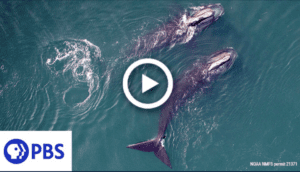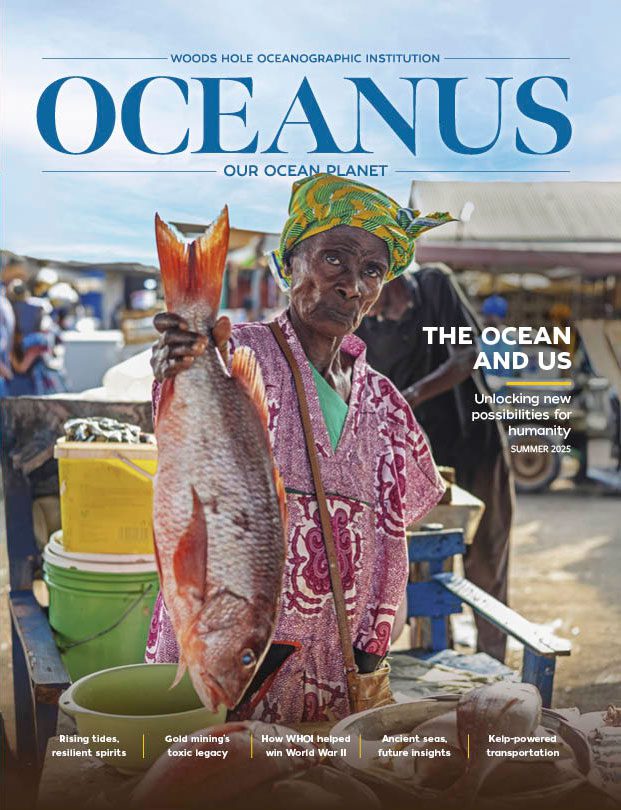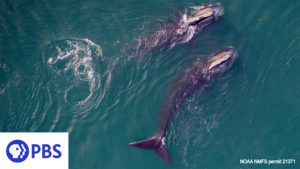Marine Mammals
Spellbinding footage captures critically endangered whale with her baby off the New England Coast
BBC Discover Wildlife
New video shows right whale, its calf off New England coast
WMUR
Learning about and protecting endangered whales
WCAI
New technology can keep whales safe from speeding ships
The Economist
Why are offshore wind farms blamed for killing right whales?
WGBH
Whale slow zone extended in ocean city till April 10
WDRE
The complicated truths about offshore wind and right whales
Science Friday
Rare grey whale seen off Nantucket is good and bad news, says Cape whale expert
Cape Cod Times
We know how to save these beloved endangered whales. Yet we’re mindlessly killing them
Vox
Meet one of NYC’s largest new residents: The fin whale
Gothamist
See wild horses and gray seals mingle on Sable Island
Popular Science
Life in STEM: Michael Moore on the right whale and declining marine populations
Tufts Daily
After years of decline, endangered right whale population could be levelling off
CTV News
How cool tech is saving the whales
Wondery
New marine technology prevents accidental death of Right whales
WCVB
Four steps to curb ‘ocean roadkill’
Nature
Dolphins Use Baby Talk When Their Calves Are Around
Smithsonian Magazine
‘Pop-up’ fishing gear could help prevent whale injuries
NPR
To find right whales, some scientists want to find their food’s food
WBUR
Hope vs. rope: Can technology save the whales, and Maine’s lobster industry, too?
Press Herald
NOVA: Saving the Right Whale
PBS

In this NOVA story, experts from WHOI, Center for Coastal Studies, and NOAA are among the specialists determined to save this critically endangered species.
https://www.pbs.org/video/saving-the-right-whale-nuzjab/
Landmark law saved whales through marine industries change
AP
Critically Endangered North Atlantic Right Whale Spotted Nursing Calf Near Cape Cod — See the Video!
People
Rare footage shows endangered North Atlantic right whale swimming with calf
ABC

















